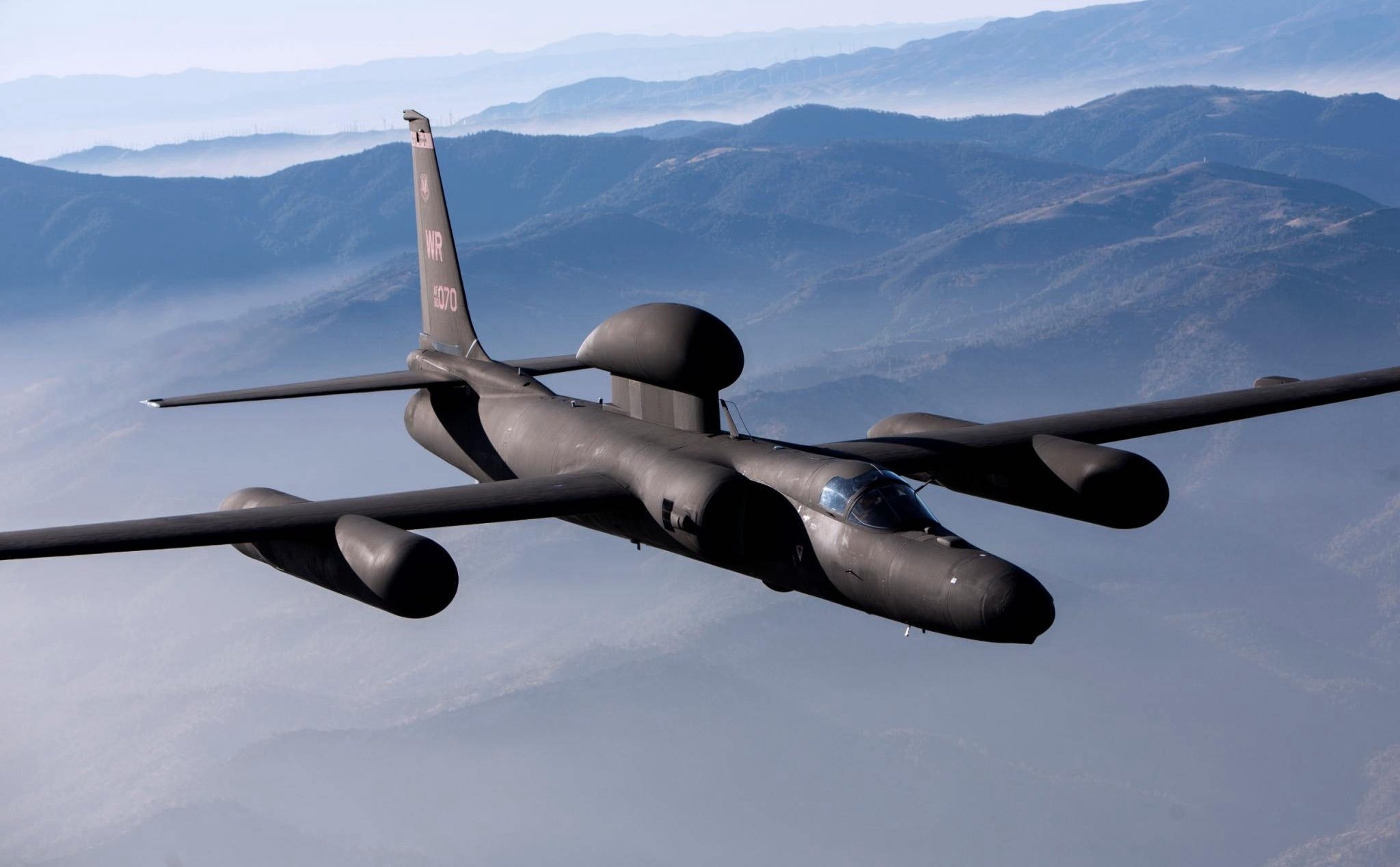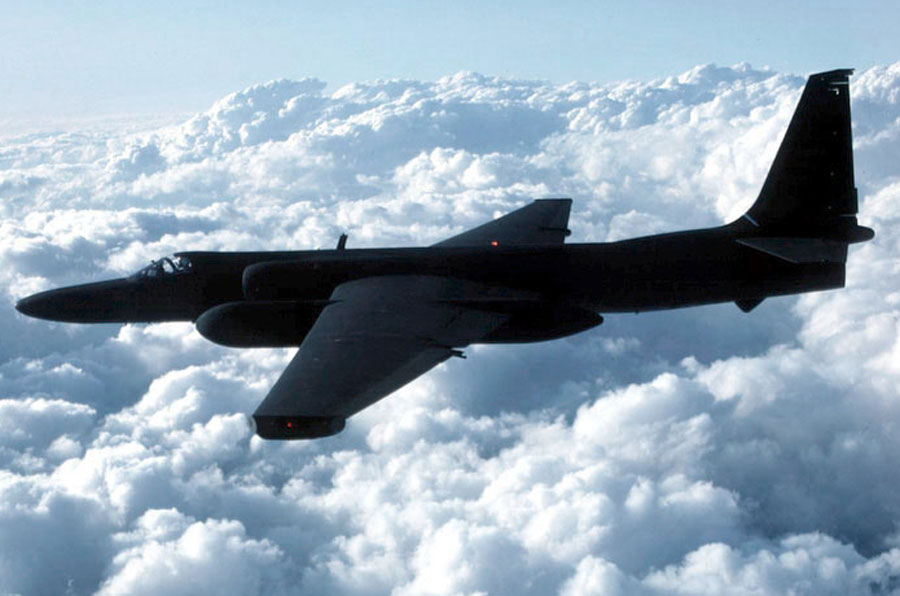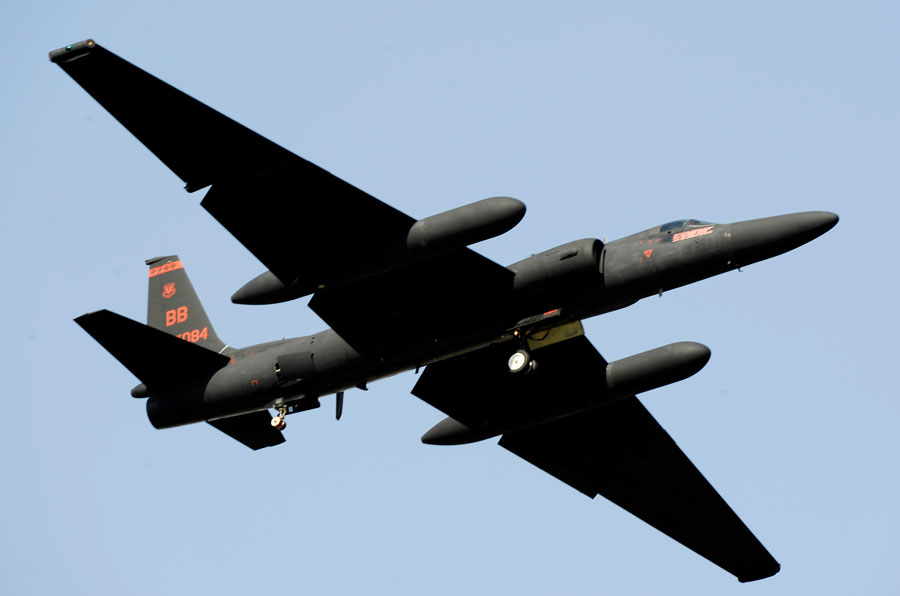For decades, the United States’ U-2 spy plane, affectionately known as the “Dragon Lady,” has been a symbol of unmatched aerial reconnaissance and intelligence gathering. Despite being introduced over 65 years ago, this high-altitude aircraft continues to astound with its extraordinary capabilities and enduring relevance in modern warfare and surveillance.
A Legend Takes Flight
Developed in the midst of the Cold War, the U-2 was conceived out of a dire need for reliable intelligence on adversarial movements and capabilities. In 1955, Lockheed Martin’s Skunk Works division, led by the visionary engineer Kelly Johnson, brought the Dragon Lady to life under a veil of secrecy. The aircraft’s maiden flight marked the beginning of a new era in espionage, providing the United States with unprecedented access to critical information from altitudes previously thought unreachable.

Soaring Above the Rest
What sets the U-2 apart is its remarkable ability to operate at altitudes exceeding 70,000 feet, well above the range of conventional aircraft and most surface-to-air missiles. This ceiling allows the Dragon Lady to conduct surveillance missions over vast territories while remaining virtually undetectable and untouchable.
Equipped with cutting-edge sensors, cameras, and communication systems, the U-2 can capture high-resolution imagery and intercept electronic signals across immense distances. Its modular design enables quick adaptation to various mission requirements, whether it’s monitoring nuclear facilities, tracking troop movements, or conducting environmental research.

Trials and Triumphs
The U-2’s storied history is punctuated by moments of intense drama and international intrigue. One of the most notable incidents occurred in 1960 when pilot Francis Gary Powers was shot down over Soviet airspace, leading to a diplomatic crisis between the United States and the USSR. Despite such setbacks, the Dragon Lady persisted, evolving through technological upgrades and continued operational refinements.
During the Cuban Missile Crisis, U-2 missions provided critical evidence of Soviet missile installations in Cuba, allowing President Kennedy to make informed decisions that ultimately averted nuclear confrontation. In conflicts spanning from Vietnam to the Middle East, the U-2 has consistently proven its worth, delivering vital intelligence that has shaped military strategies and geopolitical outcomes.

Modern-Day Relevance
In an age dominated by satellites and unmanned aerial vehicles (UAVs), the Dragon Lady remains an indispensable asset to the United States Air Force. Recent upgrades have integrated advanced avionics, improved sensor suites, and enhanced data-link capabilities, ensuring that the U-2 stays at the forefront of intelligence gathering.
The aircraft’s unique ability to loiter over areas of interest for extended periods provides continuous real-time intelligence, a feat that is challenging for satellites constrained by orbital paths and weather conditions. Moreover, the U-2’s versatility allows it to support a wide range of missions, including disaster relief efforts, where it has been used to assess damage and coordinate responses effectively.
The Human Element
Piloting the Dragon Lady is no ordinary feat. U-2 pilots undergo rigorous training to master flying at extreme altitudes where the margin for error is minimal. Clad in full-pressure suits akin to those worn by astronauts, these aviators endure grueling conditions to execute missions that can last over 10 hours. Their dedication and skill are integral to the success and longevity of the U-2 program.

A Timeless Icon
The enduring legacy of the U-2 Dragon Lady is a testament to innovative engineering and strategic foresight. Its continued service underscores a blend of reliability and adaptability that few aircraft have achieved. As global dynamics evolve and new challenges emerge, the Dragon Lady stands ready to ascend into the skies, providing clarity and intelligence where it’s needed most.
The awe-inspiring power and resilience of the U-2 serve as a reminder of the profound impact that technology can have on national security and global stability. Even after six decades, the Dragon Lady continues to soar, embodying the relentless pursuit of knowledge and the unwavering commitment to safeguarding peace.





